When I embarked on developing fintech solutions across Africa, I initially assumed that technological hurdles-such as payment systems, integrations, and regulatory compliance-would be the toughest obstacles. However, I soon discovered that the core challenge was actually establishing trust.
Users weren’t merely searching for more efficient ways to transfer money; they needed assurance that the platform would reliably support their financial activities. This realization transformed my design philosophy and has influenced every project I’ve contributed to since, including ventures like Karla, HostFi, and other emerging startups.
1. Prioritizing Trust Over Mere Usability
At Karla, a tap-to-pay fintech aimed at streamlining merchant payments throughout Africa, we quickly understood that users evaluated us less on innovation and more on the sense of security we provided.
During initial outreach efforts, particularly live demonstrations at social gatherings, we noticed that any friction in the process dampened enthusiasm. People were eager to try Karla immediately, but our onboarding was cumbersome. Lengthy forms, identity verification, and unclear loading indicators caused over 60% of potential users to abandon the process.
We responded by redesigning the experience to emphasize momentum and trust. The onboarding was condensed into just three steps, featuring instant feedback and friendly, human-centered microcopy to guide users smoothly through each phase.
Post-launch, onboarding completion rates soared to 85%, and repeat engagement increased by 40%. This confirmed a vital lesson: in fintech, trust extends beyond security-it’s about empowering users to navigate every step with confidence.
2. Navigating Infrastructure Limitations
Creating fintech products for African users requires accommodating infrastructural challenges such as unstable internet connections, inconsistent power supply, and older mobile devices. Leading design at HostFi, a cryptocurrency platform enabling users to save, invest, and transact with stablecoins, I learned that startups addressing these realities effectively attract and retain users better than those that overlook them.
We rethought onboarding entirely. Instead of a complicated registration, users could sign up instantly with just an email-no lengthy forms or photo uploads-allowing immediate access even on slow networks. Users could then deposit fiat or crypto and explore the platform, with all actions cached locally to handle disconnections gracefully.
To balance ease of use with regulatory compliance, we implemented a tiered KYC system. Users at Level 0 could freely browse and deposit, but higher-value transactions required completing KYC 1 verification by submitting identification and proof of address.
3. Honoring Local Culture and Context
Africa is not a monolithic market; it comprises diverse cultures, languages, and financial habits that influence how people interact with money. Designing for this environment means adapting solutions to fit local customs and user expectations rather than replicating what works in one city-like Lagos-and applying it unchanged to another, such as Nairobi.
With Karla, we recognized that bank transfers were already deeply trusted and widely used. Instead of attempting to replace this behavior, we enhanced it by introducing tap-to-pay and QR code payments, making transactions faster while preserving familiar user patterns. Our goal was not disruption but evolution-refreshing existing habits with improved convenience.

At HostFi, we applied a similar approach. Many crypto platforms appear complex and technical, which can intimidate everyday users. We opted for a finance-first design language-clean interfaces, straightforward workflows, and accessible language-while keeping advanced crypto features available but unobtrusive. This strategy helped a broad spectrum of users, from casual savers to seasoned traders, feel comfortable in a space often perceived as exclusive.
My takeaway is clear: effective design in Africa is less about radical innovation and more about meeting users where they are and gently guiding them forward.
4. Embracing Simplicity at Every Turn
Complexity breeds exclusion. Many fintech teams underestimate how intimidating financial jargon can be, especially for newcomers to digital finance.
At Karla, we initially labeled a feature as “Make payments with NFC.” While technically accurate, only 20% of users understood this during interviews.
We revised the wording to “Tap to pay from your phone,” which dramatically improved comprehension.
HostFi faced similar challenges with crypto terminology. Phrases like “Convert stablecoins to fiat” were replaced with clearer alternatives such as “Exchange your Dollars for Naira.” The principle was straightforward: clarity fosters confidence, and confidence drives user engagement.
We also incorporated visual storytelling, relatable onboarding analogies, brief explainer animations, and practical use cases like “Send money to your cousin in Ghana instantly.” These enhancements reduced user drop-off and made the platforms feel more inviting and relevant.
5. Redefining Inclusion Through Design
Accessibility in African fintech goes beyond visual elements like color contrast or font size; it fundamentally means economic inclusion.
At HostFi, we found that building trust was less about motivational messaging and more about transparency. We introduced a feature that displays users’ portfolio values in real-time across multiple currencies-Naira, Dollars, and stablecoins-eliminating hidden conversions and guesswork. Regardless of market fluctuations, users always knew their exact worth in a familiar currency.
This seemingly small change empowered especially new users to see themselves as active participants in the financial ecosystem. When design transforms complexity into clarity, it emboldens people to engage-whether sending money internationally, paying bills online, or making their first investments.
Final Thoughts:
Across various fintech platforms, I’ve witnessed design achieve what technology alone cannot: fostering trust in intangible money.
Designing fintech for Africa has taught me that true progress stems not just from innovation but from empathy and understanding. Trust isn’t established through encryption or sleek interfaces alone; it’s cultivated through thoughtful, user-centered moments that make people feel secure, empowered, and in control.
When fintech is designed to thrive amid uncertainty, communicate in local languages, and earn trust one interaction at a time, it does more than move money-it moves belief.
This is how accessibility grows. This is how design champions inclusion.
Precious Ogar is a Senior Product Designer specializing in fintech, AI, and SaaS products. Collaborating closely with Nigerian tech startups, he advises on design and user experience in the AI era. Having led design teams across Nigeria’s fintech landscape, he regularly facilitates design thinking workshops for tech leaders and UX professionals. In this article, he shares five essential lessons to help technology leaders and UX designers create seamless, user-friendly products.


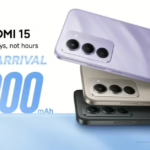
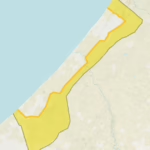
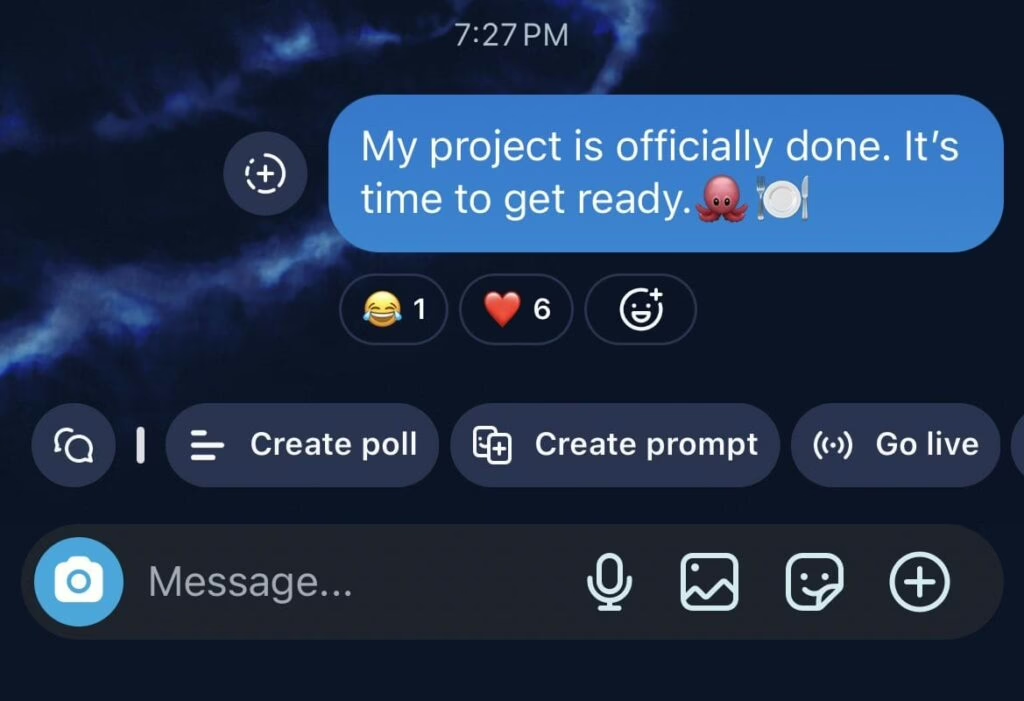
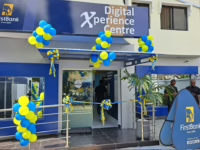















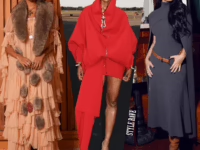
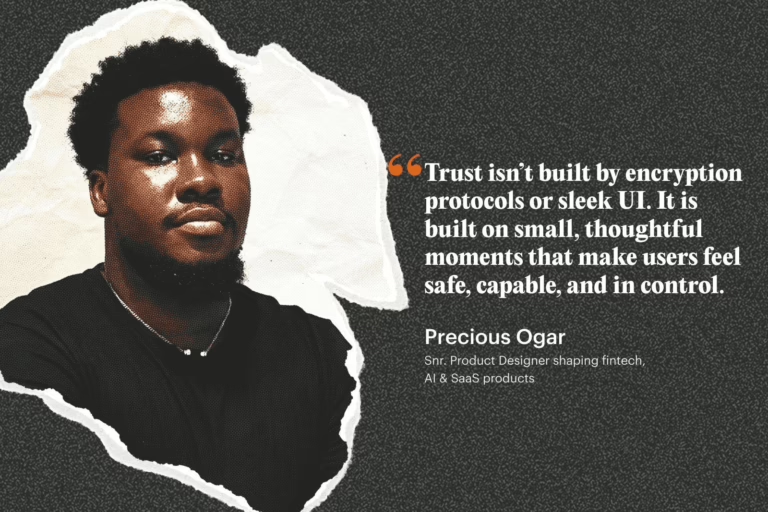
0 Comments